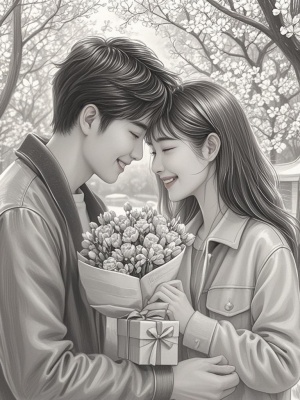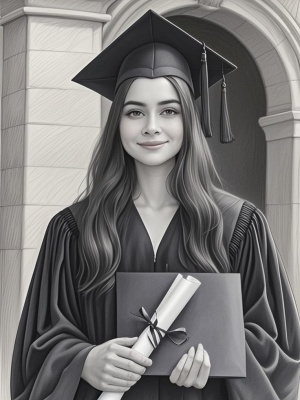The Art of Self Portrait with Pencil: A Comprehensive Guide
Introduction
Creating a self portrait with pencil is one of the most rewarding yet challenging artistic endeavors. Unlike other subjects, drawing yourself requires both technical skill and deep self-reflection. This guide explores the nuances of pencil self portraiture, from fundamental techniques to advanced artistic considerations. Whether you're a beginner or an experienced artist, mastering the self portrait with pencil can significantly enhance your observational skills and artistic expression.
For those interested in exploring digital alternatives, our AI painting guide offers complementary insights into modern artistic techniques.
The Fundamentals of Pencil Self Portraiture
Essential Materials
Before beginning your self portrait with pencil journey, gather these essential tools:
- Quality graphite pencils (ranging from 2H to 8B)
- Kneaded eraser and vinyl eraser
- Smooth drawing paper (100+ gsm)
- Blending stumps or tortillons
- Good lighting setup and mirror
Basic Proportions and Measurements
When creating a self portrait with pencil, understanding facial proportions is crucial. The human face follows certain mathematical relationships:
- Eyes sit at the vertical midpoint of the head
- The space between eyes equals one eye width
- Nose base aligns with the bottom of the ears
- Mouth corners align with the centers of the eyes
Advanced Techniques for Realistic Self Portraits
Capturing Likeness and Expression
The true challenge in a self portrait with pencil lies in capturing not just physical features but your unique personality. Focus on:

- Subtle asymmetries that make your face distinctive
- Characteristic expressions you frequently make
- Light reflections in your eyes that bring life to the drawing
Shading and Texture Techniques
Master these pencil techniques for realistic self portraits:
- Hatching and cross-hatching for controlled shading
- Stippling for skin texture
- Blending for smooth transitions
- Layering to build up values gradually
For additional artistic inspiration, explore our gallery featuring various portrait styles.
Common Challenges and Solutions
| Problem | Solution |
|---|---|
| Drawing looks flat | Focus on value range from highlights to deep shadows |
| Features appear distorted | Use measurement techniques and check proportions frequently |
| Difficulty capturing likeness | Study unique facial characteristics rather than generic features |
| Overworking the drawing | Know when to stop - sometimes less is more |

Digital Alternatives and Enhancements
While traditional pencil self portraits have unique charm, digital tools offer interesting possibilities. Our portrait to art conversion service can transform your pencil drawings into various artistic styles.
For those interested in photography-based portraits, check out our wedding portrait styles for inspiration.
Conclusion
Creating a self portrait with pencil is a profound artistic exercise that develops both technical skills and self-awareness. Through careful observation, practice of fundamental techniques, and attention to personal expression, anyone can create meaningful self portraits. Remember that each attempt brings improvement - even professional artists create multiple studies before achieving their ideal self portrait.
Whether you choose traditional pencil or explore digital enhancements, the journey of self portraiture offers invaluable insights into both art and self-perception. Keep practicing, and don't hesitate to experiment with different approaches to find your unique artistic voice.
